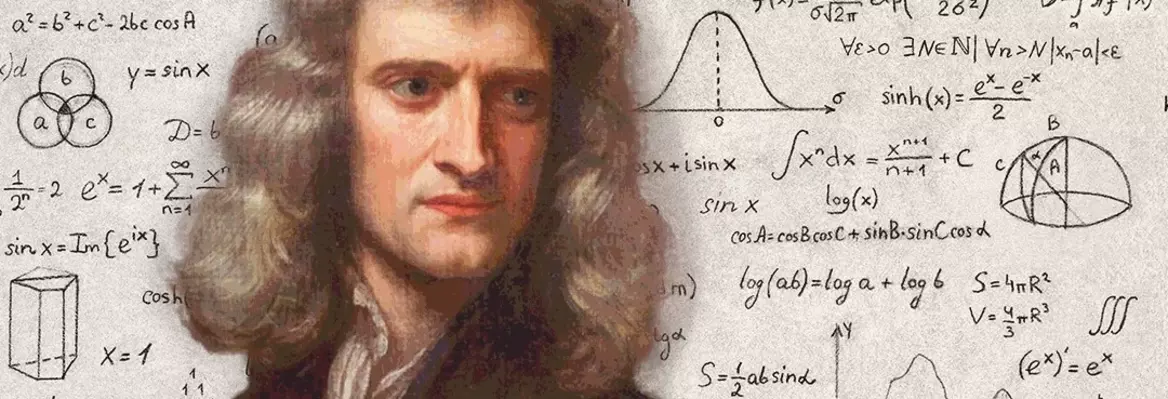Out of Newton's laws, his first is not only the hardest for people to remember from school but also the most mysterious. At a first glance it seems almost redundant, and you wonder why Newton put it there. In this piece Daniel Hoek examines the First Law and shows how our collective misunderstanding of it seems to have stemmed from an unfortunate mistranslation.
Newton’s First Law is a lie! That is to say, the principle that everybody calls “Newton’s First Law”, the one they tell you about in school, the one physicists and scholars have for centuries attributed to Newton –– that principle is not Newton’s First Law. It is a clumsy mistranslation of the Latin principle that Isaac Newton labelled the First Law of Motion, an eighteenth century mistake that somehow managed to fly under the radar.
But before I go into that, let me back up a little to remind you of what Newton’s First Law is supposed to say, and to tell you about the time I first knew something was up.
As long as a moving object is left alone (and is not yanked or pushed or tugged by any external force), it will keep on going at constant speed in a straight line forever –– that’s Newton’s First Law as it is normally understood. To me, like most people, this principle did not ring true right away when I was taught it in school. After all, if you kick a ball or a shopping cart, then leave it alone, it won’t keep moving in a straight line forever!
___
...nothing is ever in perfectly stable uniform linear motion, the way Newton’s First Law describes.
___
But as my teacher explained, the reason a rolling shopping cart slows down is that it isn’t actually free of external forces. The ground the cart rubs up against and the air that it bumps into are both pushing it back… Then what about the moon, say? The moon moves through empty space, and still it goes in circles rather than in a straight line! Well, the moon is not really force-free either: the tug of the earth’s gravity stops it from flying off into the void in a straight line. And so on: in practice, nothing is ever in perfectly stable uniform linear motion, the way Newton’s First Law describes. But then there is always some force or other to explain why that object is supposedly exempt from the Law. But at this point, you might wonder, as I did: are there any bodies whose motions are governed by the First Law of Motion?
Will this bicycle crash or keep moving uniformly in a straight line forever?
You’d be right to wonder about that! By Newton’s own lights, every body in the universe is subject to forces, in particular gravity. So strictly speaking, force-free bodies do not exist at all. But if that is so, then Newton’s celebrated First Law of Motion starts to seem like a bit of a dud. What good is a law of nature that governs nothing? Why make that your First Law?
“Well,” said my teacher, “the law tells us that if there were force-free bodies then they would move in straight lines.” I thought it was a lame excuse.





















Join the conversation